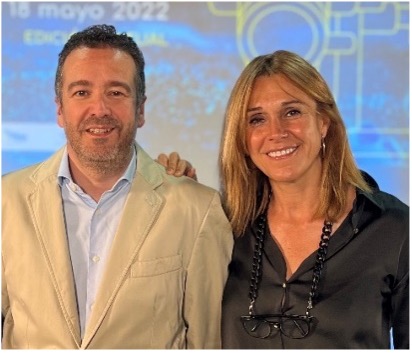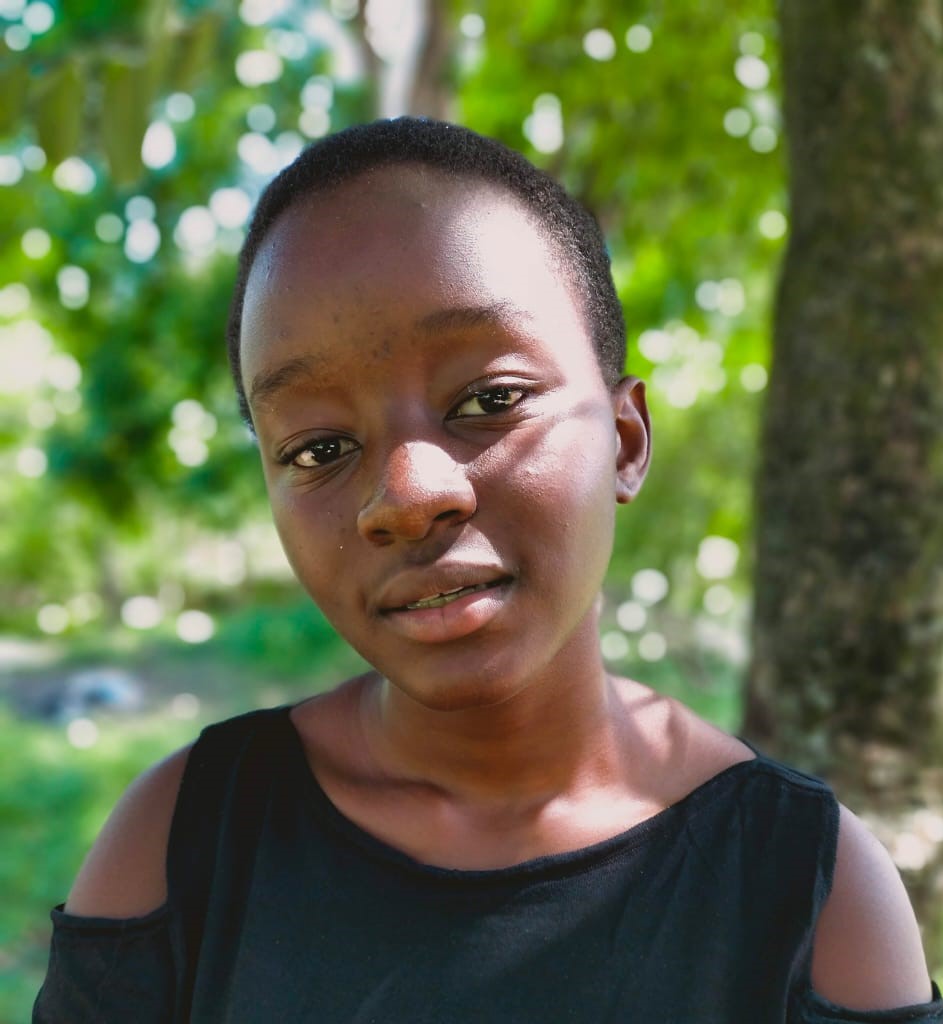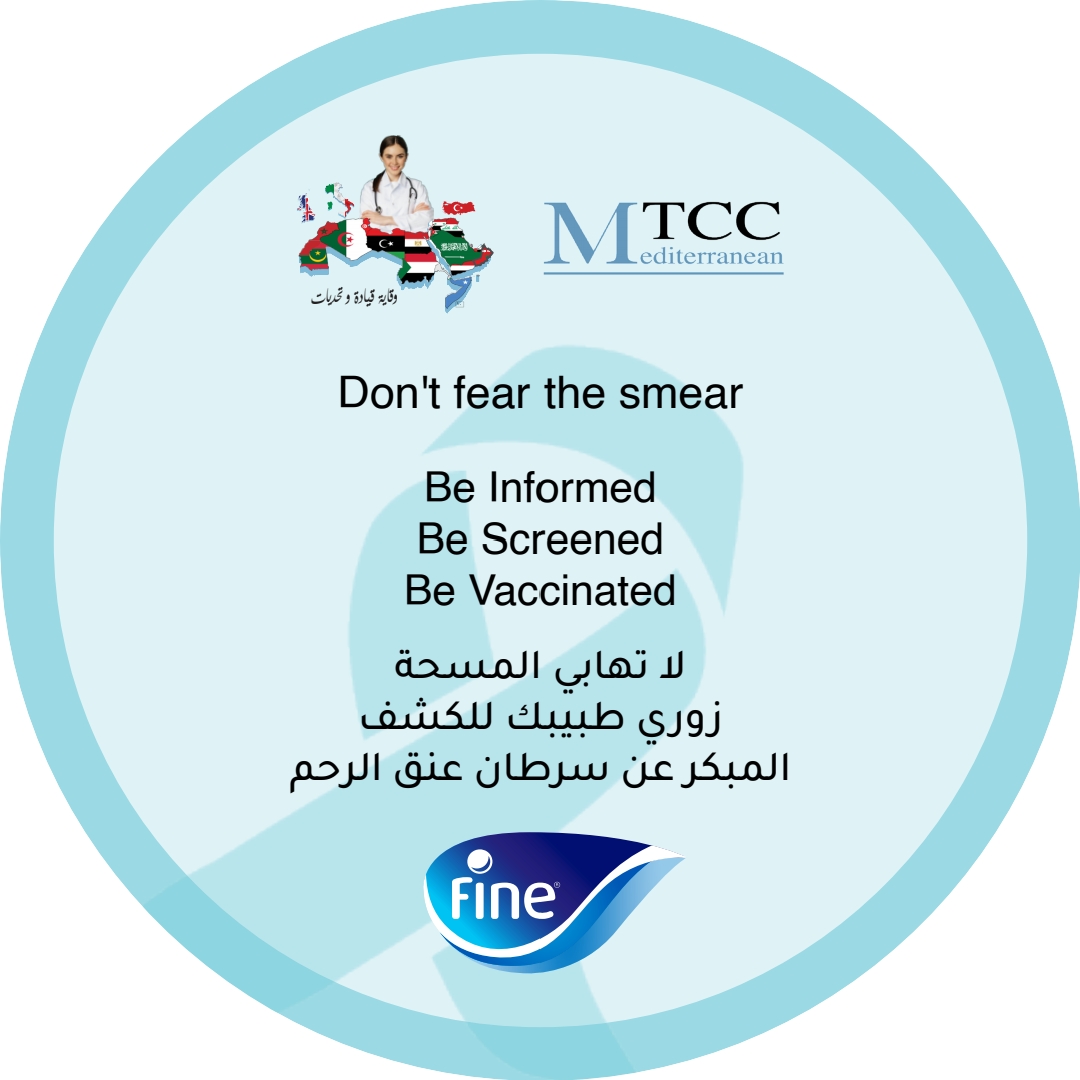Vcan-HPV: Japanese medical students inform young people about HPV
Let’s PreVent CANcer

The AEPCC (Asociacion Espanola de Patologia Cervical y Colposcopia), is a non-profit scientific society in Spain, founded in 1988 to advance the prevention, diagnosis, and treatment of Lower Genital Tract Pathology in women. AEPCC is considered to be the leading national authority in this field. The society is linked to the International Federation of Cervical Pathology and Colposcopy (IFCPC) and the European Federation of Colposcopy (EFC) and has grown to about 1000 national and international members, most of them specialists in gynecology and oncology focused on the lower genital tract of women.
AEPCC develops evidence-based clinical guidelines to be used in daily practice and provides training for healthcare professionals. Further information on the areas of work that AEPCC undertakes and how it is organized can be found on the AEPCC website.
AEPCC’s goals are to:
Q: Can you describe the level of public awareness of HPV in Spain?
Jesús F.: In my opinion, public knowledge of HPV in Spain is reasonably good. Two specific events contributed to this: the first was the introduction of the HPV vaccine in Spain in late 2007- early 2008, which got people talking about HPV. The second event was the establishment of March 4th as the annual International HPV Awareness Day (IHAD), initiated by IPVS in 2018. The IHAD campaign brought many organizations around the world together behind the same goal: telling as many people as possible about HPV.
Public awareness of HPV has improved significantly in our country over the last six years, but it requires continuous effort to maintain, and there is still a lot of work to be done. It is urgent to dispel false beliefs and myths about the virus and to promote open discussion about HPV and the importance of taking preventive measures against the infection.
Q: Every country has its own culture, making certain topics uncomfortable to discuss. In your opinion, how much of a problem is stigma in talking about HPV?
Jesús F.: It is a big problem. When a person hears "You have HPV", they may experience negative feelings: anger, anxiety, depression, shame, and guilt. As with other sexually transmitted infections, HPV infection stigmatizes people who have it: they tend to think they've done something wrong or have been careless in their sexual relationships. And that's not the case. If you are going to have sexual relationships, sooner or later, no matter how careful you are, you will almost certainly come into contact with HPV. When I speak with patients, I prefer to describe the HPV infection as an ‘STC’ (sexually transmitted condition) rather than an infection.
In recent years, associations like ours have been trying to break down this stigma through training healthcare professionals and informative actions targeting the general public.
Q: Do you think that healthcare professionals in Spain know enough about HPV?
Mar R.: I see an upward trend among Spanish health professionals in their level of knowledge of HPV and HPV-cancer in recent years. This is fundamental since they directly interface with patients; their knowledge and advice are key. It’s not just sharing factual information, it’s also how they communicate, which should be constructive and reassuring. We must normalize the conversation about HPV because it affects everyone. AEPCC builds this type of approach into training of healthcare providers, emphasizing the importance of vaccination and screening as effective preventative measures to protect patient health.
Q: AEPCC’s central focus is on clinical guidelines and training healthcare professionals. What made AEPCC decide to direct effort into raising awareness about HPV among the general public?
Mar R.: Around the world more women are getting cervical cancer and other cancers in the lower genital tract. We think it’s important that scientists and medical experts find ways to share evidence-based facts about HPV with the general public. And to share the solutions! People must know that HPV-related cancers are preventable.
AEPCC has a dedicated area on the website called AEPCC Pacientes where we share clear information about HPV and what to do to prevent getting HPV-related cancer. This includes videos, informative documents, links to information from other reputable expert societies. AEPCC implements our campaign against HPV as a partner of the IHAD Campaign coordinated by IPVS. Designing materials and collaborating with the network of partners around the world is a great way to reach more people than we might reach on our own.
There is a lot going on: we need to inform the public about the implementation of new cervical cancer screening programs based on the HPV test; to promote HPV vaccination coverage not only for girls and boys, but also young people, adults, and at-risk groups; and to maintain the emphasis getting vaccinated and screened.
Q: The WHO Cervical Cancer elimination goals call for
How is Spain progressing toward these goals? What is the toughest challenge – vaccination, screening, or treatment?
Mar R.: While there is still a long way to go, I believe that Spain is on track to achieve the WHO 2030 goals for the elimination of cervical cancer. The incidence of cervical cancer is currently around 7 cases per 100,000 women. Every year about 2,000 cases are diagnosed and sadly, about half of these women die of this disease. Taking a look at each goal:
Vaccination: The HPV vaccine was introduced in Spain in 2007, through a systematic vaccination program for the immunization of girls. Data from 2021 shows HPV vaccination coverage for girls has reached 91% for the first dose and nearly 82% for full immunization. We are approaching the 90% goal from WHO, but we must continue to work not only to increase these coverage rates further but also to maintain them. Two positive developments: we have a catch-up program for girls up to 18 years of age, and boys at the age of 12 have recently been included in routine vaccination program.
Screening: This is a time of transition in Spain. The coverage of cervical cancer screening is around 70%, but it is inequitable, because these programs are often based on cytology in most of the Autonomous Communities. About 60% of the cervical cancer diagnosed in our country occurs in women who have never been screened or have been poorly screened.
In 2019, the Spanish Ministry of Health issued an order to which all the Autonomous Communities must adhere, requiring population screening programs based on HPV testing before 2024, calling for nearly 100% coverage by 2029.
Treatment: Like other high-resource countries, Spanish women are in a good situation. Nearly 100% of patients diagnosed with precancerous lesions or cervical cancer receive appropriate treatment and care.
Among the three WHO targets, screening is the most challenging, but we are confident that by working hard, we will achieve this goal. With everyone's continued effort, I feel confident that we will achieve the elimination of cervical cancer in the medium term.
Q: What are your thoughts on self-sampling for cervical screening and single-dose vaccination against HPV as potential game-changers to accelerate progress?
Jesús F.:
Self-sampling
In Spain, 60-70% of women with cervical cancer have not undergone any screening test in the 10 years prior to diagnosis. To address this problem, a population-based cervical cancer screening program has been launched to improve coverage and ensure adequate screening. The option to use self-collected samples in screening allows women who do not go for testing for cultural, religious, or work-related reasons to benefit from early diagnosis. Studies indicate that screening by self-collected samples would be well accepted among Spanish women.
It remains to be determined whether cervical cancer screening by self-collected samples can be the primary method of screening, or whether it should be a second option to the current screening approach in which women go to a health center to have a cervical sample taken by a health professional. In this sense, self-collected samples would be a method to include those women who do not go to the health center and thus increase the coverage of the program. There are currently several pilot studies in Spain that will attempt to answer this question.
Mar R.:
Single dose HPV Vaccination
A single dose HPV vaccination schedule, if backed by solid scientific evidence, will be a fantastic strategy to increase adherence to vaccination programs and therefore increase vaccination coverage. It will reduce the cost and complexity associated with these programs and will allow vaccine supply to be shared more widely.
Results from observational studies demonstrate that immunogenicity and effectiveness with a single dose being lower than with two or three doses, but 5 to 20 times higher than natural immunity, with a duration of immune response of at least ten years. Results from the Doris study and the Kenshe study confirm these findings. We are now waiting until 2025 for the results of the Escudo study in Costa Rica with more than 22,000 participating women.
These results are very relevant in all settings, but especially in those countries where the HPV vaccine is not available or supply is insufficient, such as low- and middle-income countries (where the incidence of cervical cancer is very high). It is clearly better to vaccinate with one dose than not to vaccinate at all. In fact, some countries are in the process of introducing the single vaccination schedule according to WHO recommendations or have already done so: including Bangladesh, Cape Verde, Mexico, Nigeria, and The Solomon Islands. It is also important in high resource countries where there is a strong epidemiological surveillance system, as is the case in Australia which has already introduced it or the United Kingdom which will introduce it in September of this year.
A single dose HPV vaccination schedule will therefore have a very positive impact on increasing vaccination coverage in countries that are still far short of the 90% target needed to achieve cervical cancer elimination.
Q: What inspired you to work in this field?
Jesús F.: During my first year of medical residency in Gynecology and Obstetrics, I was a researcher in a clinical trial of one of the HPV vaccines. From that moment on, I never stopped being interested in HPV. It is a topic that allows you to learn and perform activities related to molecular biology, clinical care, surgical care, research, epidemiology, public health, and more. I find everything related to HPV exciting.
One of the main activities of my daily work is preventing cancer. In my personal life, I have also seen cancer up close; my mother died of ovarian cancer and my father had stomach cancer. To be able to dedicate my professional life to preventing others from terrible suffering when cancer touches you or your loved ones, is very satisfying for me.
Mar R.: Since I was a child, I have always wanted to be a doctor to help sick people. So, I decided to dedicate my working life to it. Twenty years ago, I was asked to join the Gynecological Oncology unit at my hospital, which was an exciting specialization to me and where I have learned a lot from my colleagues. I studied hard to train in this area and realized how important it was not only to diagnose and treat women's cancers, but also to prevent those cancers when we can! This is especially relevant in the case of cervical cancer, a cancer that with tools we have today, we can prevent and eventually eliminate. Down the road I joined the AEPCC, and working with excellent professionals in this field, my enthusiasm for this work multiplied considerably.
Q: If you look back over the last several years at AEPCC, what makes you proud?
Mar R. & Jesús F.: We both feel very proud to be a part of the AEPCC. Throughout its 35 years in existence, it has proven to be a very rigorous, honest, hard-working, and altruistic society. These principles and dedication have been passed down from generation to generation. It is a great responsibility for us to preserve the good work of our predecessors.
There are so many industrious members and leaders among us driving the activities of our various committees and Board forward. Many AEPCC members participate in our training activities which brings confidence and continuity. But probably the most important thing about this society is the people who are part of it. It is a friendly society that tries to be as close as possible to its members in spite of our size. The camaraderie among us brings a lot of positive energy. There are times when we feel like the AEPCC is a big extended family.
Q: Has it benefited AEPCC to partner with IPVS and the International HPV Awareness Day Campaign?
Mar R.: Absolutely. There is an old African proverb that inspires me a lot: "If you want to go fast, walk alone. If you want to go far, go together”.
Partnering with IPVS and the other organizations implementing the IHAD Campaign helps to reinforce consistent factual messages about HPV that we try to transmit from our society to better reach both health professionals and the general population. The public must receive homogeneous and clear messages regardless of their country of origin and this Campaign plays a fundamental role in this regard. The dissemination of information is multiplied and amplified considerably.
In any case, raising awareness about HPV must not be limited to a single day, but an ongoing conversation throughout the year.

Let’s PreVent CANcer

Teenage girl striving to prevent cervical cancer in her country

Innovative way to raise awareness about cervical cancer in Jordan